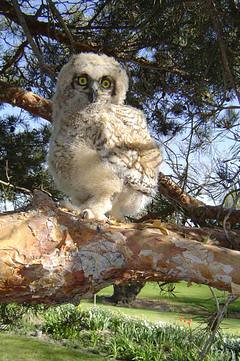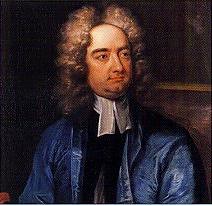Aesthetics: Arts: Richard Serra's sculptures question architected work near them, in turn calling themselves into question
.
A recent article by Gloria Goodale in Christian Science Monitor, "Redefining sculpture is Richard Serra's goal" (Sep15,2k6) celebrates two new exhibitions of his work in California, one at the Orange Country Performing Arts Center, a second at the Eli and Edythe Broad Art Center at UCLA. Goodale and Serra chatted about the role of public art.
A Richard Serra sculpture is not always an easy experience. Most famous over the nearly half century of his career for the towering, metal shapes that have graced civic spaces from Tokyo to New York to Bilbao, Spain, he specializes in the monumental, the breathtaking, and the surprising. His deceptively unfettered, simple metal walls that cut through public walkways and plazas have confounded some while delighting others. This sheer physicality of his sculptures force passersby to approach the space with a new awareness.Sculpture, by Archibald
But make no mistake. Like him or detest him, it's impossible to ignore Mr. Serra's work when you are in its presence. ...
"Public sculpture used to have a code," says the San Francisco native, who acquired his early metalworking experience during a stint in a steel factory. "There was a given iconography written into the way we worshiped our heroes. Public sculpture had to do with the depiction of a historical time or event."
As the artists of the 20th century began to challenge that function, Serra says, the concerns began to change. "Once the work came down from its pedestal and became organized in relation to its present time and space, it began to challenge architecture in a way that it hadn't before."
The biggest challenge for artists who work in the public arena today has to do with public expectations, says Serra. "The culture hasn't developed the kind of individual sensibilities in each of us to respond to new aesthetic questions," he says. Art, he says, has less approval than entertainment, which our culture is more comfortable experiencing in public spaces.Now, an artist's work is not the same as his talk about his/her work, nor the same as a reporter's talk about that work. So, we're not under any more obligation to take as gospel what Serra talktalks about his sculptures, as we mite were we to experience them ourselves/oneself. Still, since most of us will never do so, having a journalist report a chat with the sculptor in this case definitely as its own merit and appeal. At the same time, reading the report is a different kind of experience, a reading experience, and we can ask questions of the text about sculptures as of any text.
In the case of Serra's views, as reported, we notice how often the terms "question" and "questions" arise. This puts us on to the specific ideology of sculpture as an art; Serra reveals himself as a purveyor of an art ideology; one that has public consequences in that the ideology yapyaps about what anyone mite (or mite not experie4nce) in the specific public space upon which each scuplture impacts. Not only is the root term imported from discursive textual writing, known as "critical thawt," but for Serra apparently the critical ideology (criticism raised to an "Ism") is the priority function of art, the art of scupture certainly. Sculpture seems remiss if it doesn't "raise new aesthetic questions."
This stance seems tremendously mentistic, even in its own way rationalistic, where work that is obstructive, challenge-oriented regarding other aesthetics, loud (unignorable), monumental, anti-decorative, redefinitional of a given space, anti-entertaining (there goes Miro into the scrap-pile!), "the walls bearing in on the viewer," has a special standing as "serious art" than can be ascribed to other kinds of sculputure lacking his ideology. Indeed, Serra needs a manual of interpretation, of talktalk, yapyap, to accompany his work in order to render it "the best it could be," rather than the damn nuisance it can as easily be.

 >br>
>br>









No comments:
Post a Comment